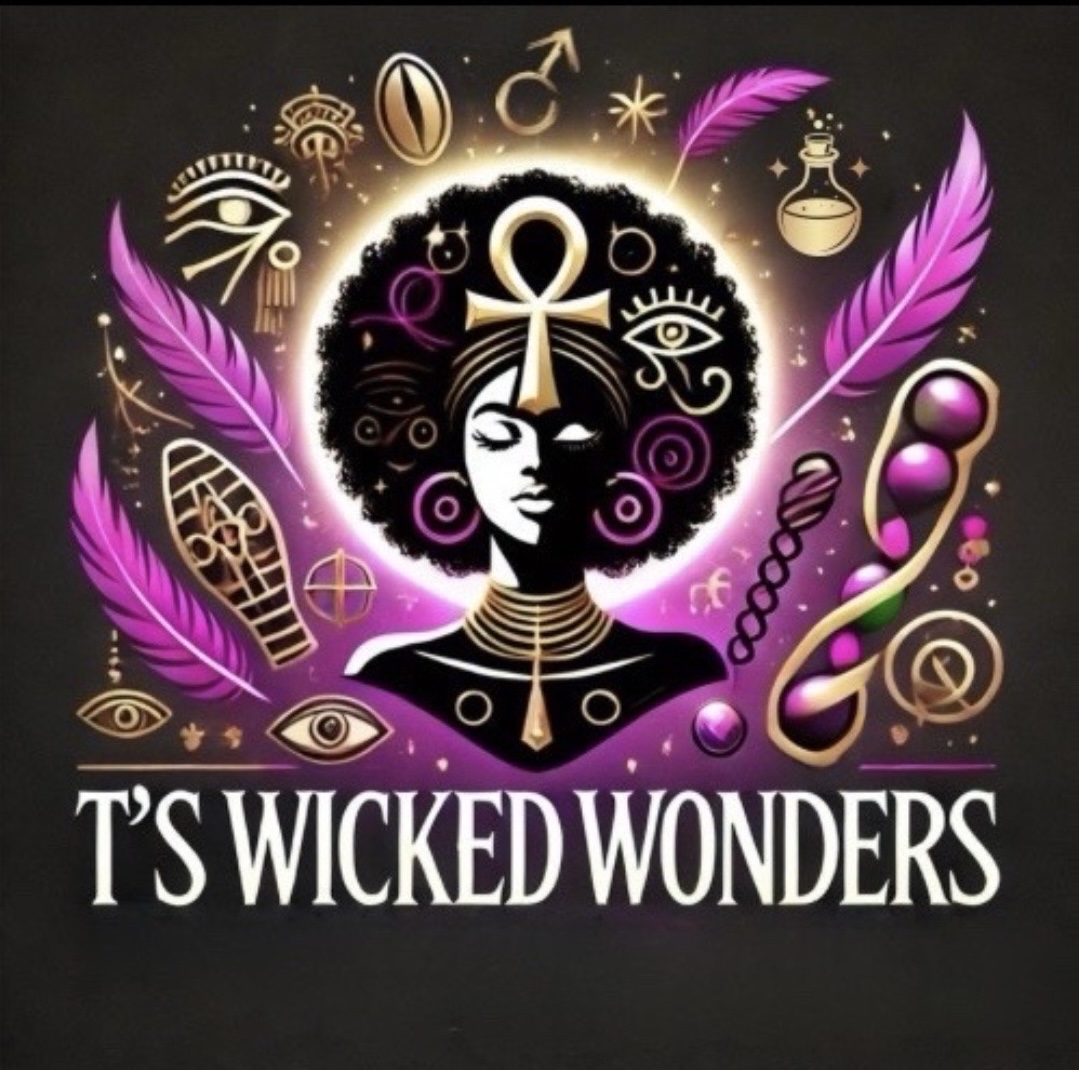
The Invincible Churches of Slaves: Hidden Sanctuaries of Faith, Resistance, and Liberation
- T's Wicked Wonders

- Feb 13
- 3 min read
Throughout history, faith has been both a weapon and a sanctuary for the oppressed. Nowhere is this more evident than in the clandestine churches of enslaved Africans in the Americas—hidden places of worship where faith was fortified, resistance was nurtured, and liberation was envisioned. These “invisible institutions,” as some historians call them, were not just spiritual sanctuaries but also epicenters of cultural preservation, secret communication, and revolutionary hope.
The Rise of the Invisible Church
During slavery, plantation owners and overseers often sought to suppress African spiritual practices and control religious expression. While some enslaved people were forced into Christian worship under the watchful eyes of their enslavers, many rejected these restrictive spaces and created their own underground churches.
These hidden places of worship took many forms—gatherings in hush harbors (secluded wooded areas), secret nighttime meetings in cabins, and even coded services held under the cover of sanctioned worship. They were “invisible” to the enslavers but deeply visible to those who carried the fire of faith in their souls.
Hush Harbors: The Sacred Groves of Resistance
Hush harbors were some of the most powerful spiritual strongholds of enslaved people. Under the dense canopy of trees, they gathered in the dead of night, covering themselves with blankets or wetting the ground around them to muffle the sound of their worship. Here, they reclaimed elements of their African heritage, blending traditional drumming, call-and-response chants, and rhythmic dancing with biblical narratives of deliverance.
It was in these hush harbors that enslaved people found their own interpretations of Christianity—ones that centered freedom, justice, and divine intervention. Stories of Moses leading the Israelites out of bondage became direct reflections of their own yearning for liberation.
Coded Songs and Spirituals: The Secret Language of Faith
Music was the heartbeat of these underground churches. Spirituals were more than songs; they were coded messages of escape and survival. “Wade in the Water” warned escapees to move through rivers to avoid tracking dogs. “Steal Away to Jesus” signaled an upcoming secret gathering or even an opportunity to escape.
These songs also connected enslaved Africans to their ancestors, preserving the oral traditions that colonial powers tried to erase. The call-and-response format reflected African communal worship, keeping the spirit of their homelands alive despite the horrors of slavery.
The Preachers of Rebellion
Many of the leaders in these invincible churches were not just preachers—they were revolutionaries. Figures like Nat Turner, Denmark Vesey, and Gabriel Prosser drew inspiration from their faith to organize revolts against slavery. Their sermons were filled with visions of freedom, divine justice, and the promise that the oppressed would rise.
In hush harbors and secret meetings, preachers taught that slavery was not God’s will and that freedom was a divine right. This radical theology fueled resistance movements, showing that spiritual empowerment could translate into direct action.
The Legacy of the Invisible Church
Even after slavery ended, the traditions of the invisible church remained a cornerstone of Black religious life. The Black church as we know it today—from the fiery sermons of the Civil Rights Movement to the gospel choirs that still shake sanctuaries—owes its roots to these hidden places of worship.
The resilience of these early spiritual communities shaped a culture where faith and activism are inseparable. The same spirit that gathered in hush harbors ignited movements for racial justice, from abolition to civil rights to modern struggles for equality.
Conclusion: A Church That Could Not Be Broken
The invisible churches of enslaved Africans were more than just hidden places of worship—they were revolutionary spaces of empowerment, healing, and defiance. They transformed suffering into strength, fear into faith, and oppression into organized resistance.
Though unseen by the world, these churches were invincible in spirit. They remind us that faith is not just about belief—it is about action, survival, and the unyielding pursuit of justice.
Even today, their legacy lives on in the fight for liberation, proving that no matter how dark the night, the spirit of freedom will always find a way to shine.
Blog by Tandra Jones
Become a wicked subscriber on our website: www.Tswickedwonders.com today!












Comments